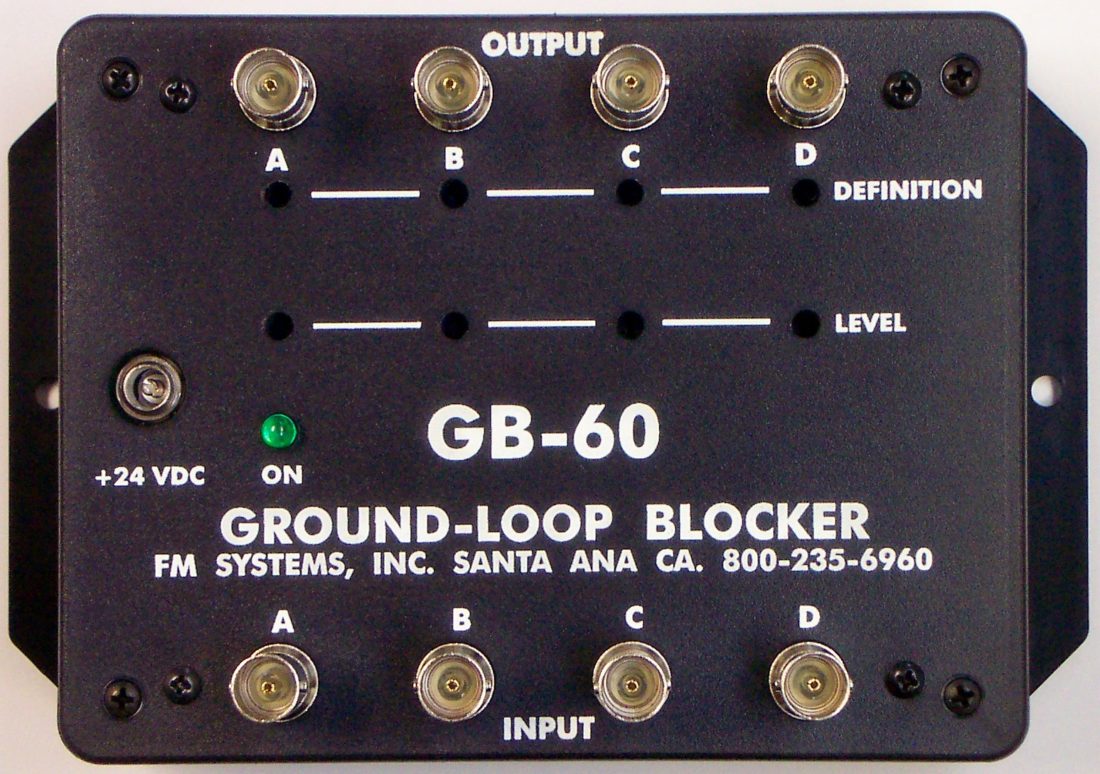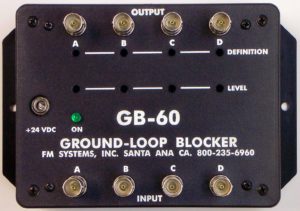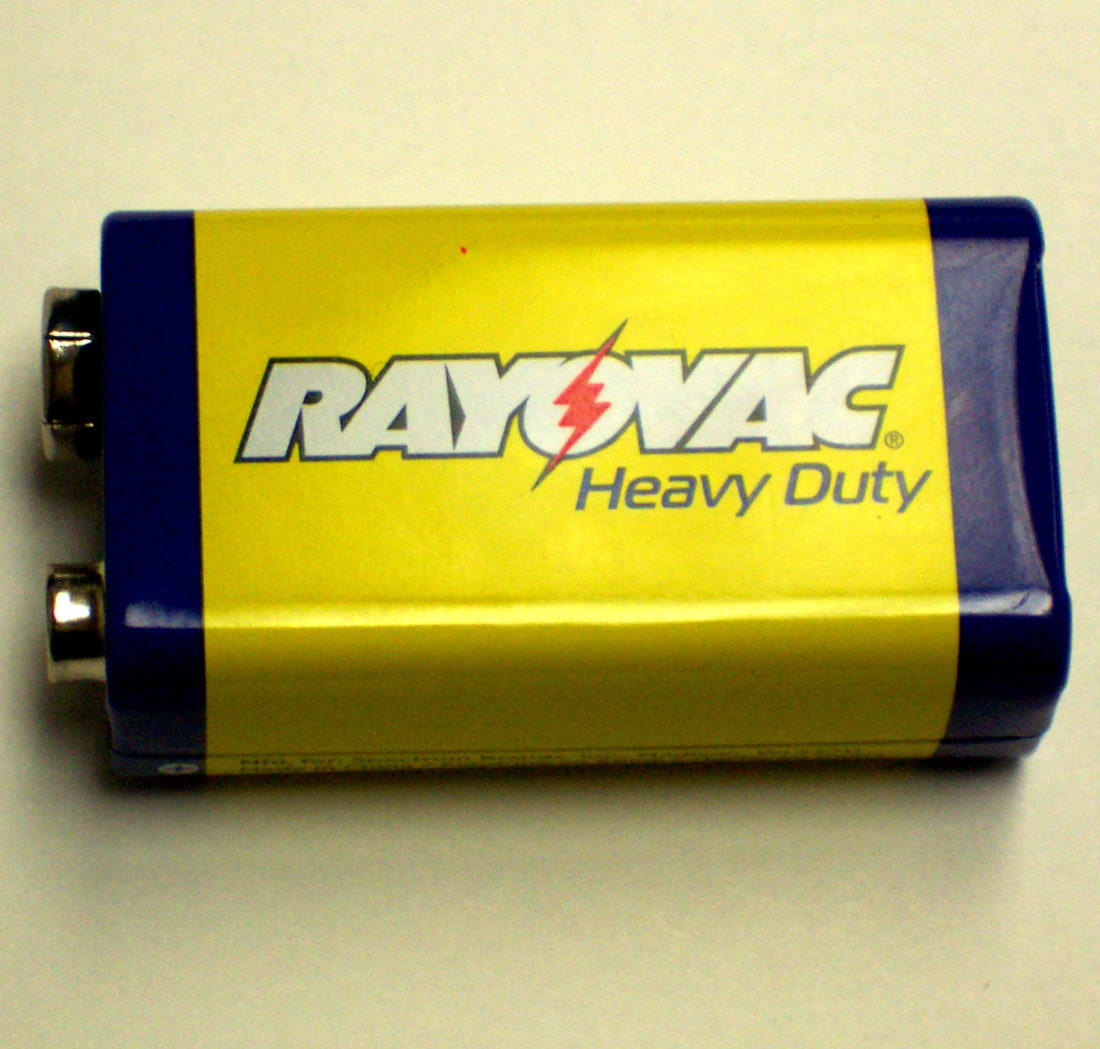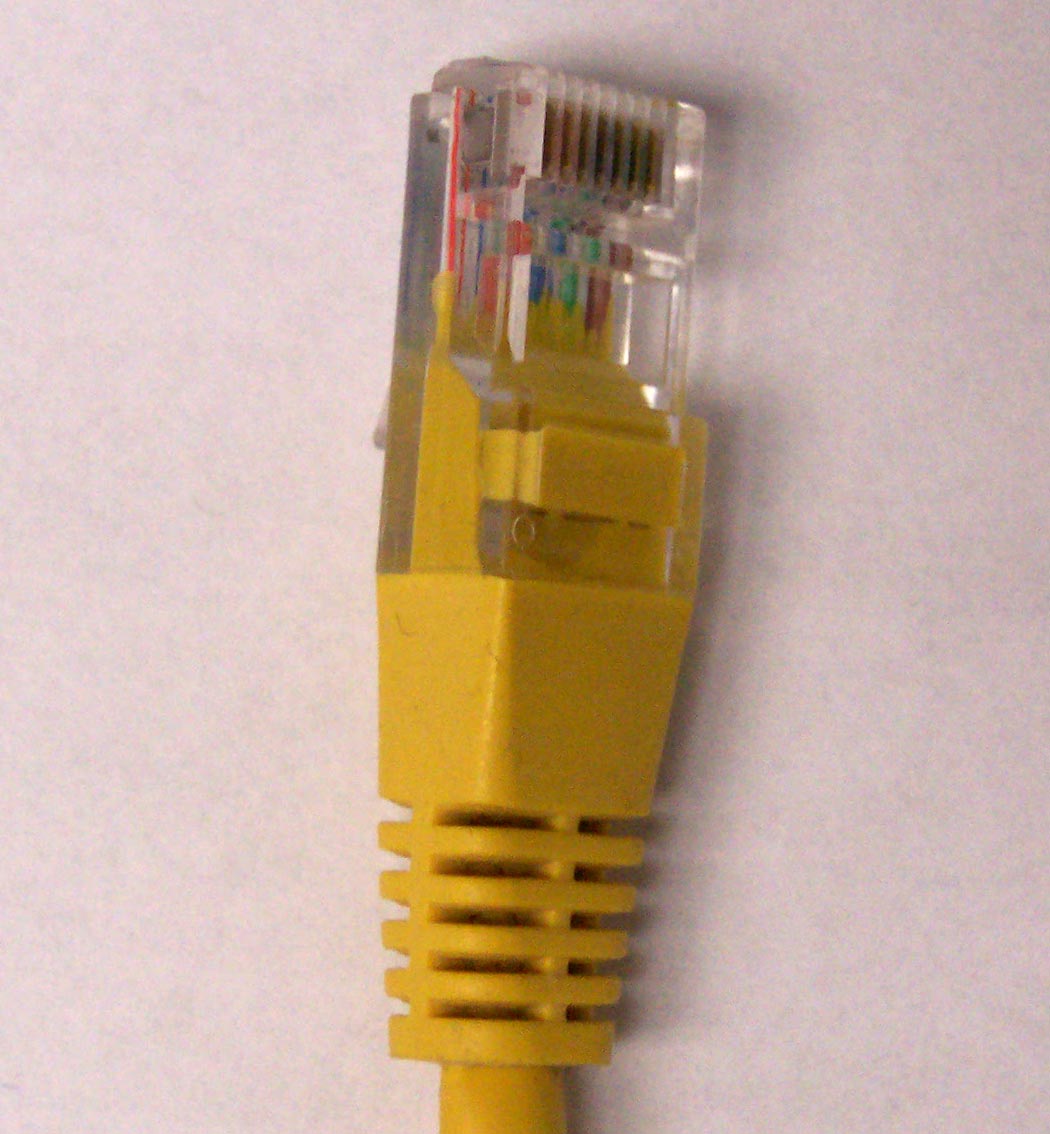
HOW TO GET THE WATER IN YOUR CONDUIT OUT
HOW TO GET THE WATER IN YOUR CONDUIT OUT
By: Don McClatchie
Many CCTV installations require metal or plastic electrical conduit to be used to protect the cables and wires from wear and tear or tampering. Whether the conduit is above ground outside or underground inside or outside, it is subject to being filled with water. Most underground conduits will fill with water at some time in the lifetime of the installation and once the water is in the conduit, it stays in the conduit.
So how does the water get in when the conduit ends are protected from the rain? Well all it takes is a small micro fracture in the plastic pipe or a small hole anywhere along the length of the conduit, often this occurs at the joining points or connections made between two lengths of conduit. When the conduit is below ground level the hydrostatic pressure combined with the effects of water surface tension cause the water to be pressured through any small crack or hole in the conduit, basically the water goes to the place of lowest pressure which is inside the pipe and stays there.
In areas that have freezing of the ground the conduit must be placed below the frost depth to prevent the water that will eventually enter the conduit from freezing and rupturing the conduit. Of course, there is the problem of that portion of the pipe that goes through the ground from the frost depth to the surface to contend with. Some installers have considered drilling weep holes in the bottom of the conduit to drain out the water and that works very good for conduit that is above the ground level, however those same weep holes will insure that your underground conduit will fill with water if the ground gets wet. Also, you will not only get water into the conduit but also dirt will enter through the holes and roots will seek out the water and you will get dirt and roots in your conduit, and I can’t think of a worse nightmare than that. Never under any circumstances make intentional holes in your underground conduit.
Water will also enter from the two ends of the conduit where it surfaces and the cables and wires come out, even if those locations are indoors. When the ends of the conduit are open to the air, warm humid air will enter the conduit due to temperature changes between the air and the ground, the conduit is breathing in and out every day. When the warm humid air reaches the cooler inside of the pipe underground it condenses the moisture in the pipe and without a flow a dry air the water just accumulates in the pipe like solar still.
What are the consequences of water soaked cables and wires? Well if the cables are coaxial signal cables used for video the water will enter the cable through tiny pin holes in the jacket and saturate the shield wires causing corrosion that increases the resistance of the shield wire thereby increasing the overall loss of the cable and degrading the signal. Now that the water is inside the coaxial cable, it will soak the center conductor insulator causing a change in capacity of the insulator and further reduce the high frequency loss in the cable. The signal on the coaxial cable has current that causes a small amount of electrolysis that deteriorates the metal and releases metal oxides that radically change the cable losses. Eventually the cable is eaten through and loses continuity then the signal path is broken. This problem is magnified when power wires run inside the conduit. The electrolysis effect on power wires is swift because of the increased current provided by the power supply.
OK, so you have a conduit that is full of water or wet, what can you do to quickly remove the water and dry out the conduit? Well the answer depends on whether the conduit has cables and wire in it or if it is un-used with no cables in it.
For conduit with no cables in it, you can run a snake through it end to end and attach a small plastic bag onto the end of the snake with tape sealing the bag so that it forms a small balloon that will fit into the conduit and plug up the pipe and seal it. It will act like an umbrella and conform to the conduits interior shape as it goes through the pipe. Then just pull the snake out quickly and watch out on your end so you don’t get sprayed by the water being chased out of the conduit by the snake.
Another approach is to get a lawn blower and attach it to a garden hose using duct tape and then put it down the conduit from one end and blow the water out of the pipe. This will work well if the conduit does not have too much of a vertical run on the output side of the conduit. Always run the water out of the low end of the conduit.
When the conduit has cables and wires in it you can use the lawn blower and garden hose approach, or try a shop vacuum taped to tubing that just goes easily down the conduit and try to suck out what water you can. Then snake a long rag through the conduit to soak up the remaining water as much as possible. Some success has been found using high pressure air and blasting the water out as log as there is not too much vertical conduit at the end of the pipe.
Sometimes you will find a new conduit installed with a physical blockage of some kind. If care is not taken when handling the lengths of conduit, it is easy for dirt or a pebble to become lodged in the pipe and then when the lengths are joined the object is stuck inside the pipe. One way to solve this problem is to use your snake to bump the blockage out of the conduit. It can help to attach a heavy weighted object that fits easily into the conduit onto the end of your snake and use it like a slap hammer to break through the blockage. If it is a lot of dirt then you can use water to flush the dirt out and then remove the water, but I would not want to do that with cables in the conduit.
Once the conduit is clean and dry and your cables and wires have been installed you must take steps to prevent water from getting into the conduit. To prevent water from condensing inside your conduit you must seal both ends of the conduit with a material that does not leak air. Duct putty is used most often as a seal however duct putty when used in conduit often sags over time and creates openings in the seal when cables or wires are moved. Canned foam products if they are open-cell type foam will not work either because the material is much like a sponge and allows moisture to pass through. Silicone bath tub sealant works very well as it sticks to all surfaces and materials, however use it sparingly and just make a short cap like structure with it because one day you may need to remove the cables or add new cables to the conduit and the silicone will need to be removed from the cables and the interior of the conduit. Do not shoot the sealant down the conduit or you will never get it all out when you want to pull more cables.
It is always better to use the conduit as a guide for the cable so you can add more cable later, and a way of physically protecting it from mechanical damage, but never think it will protect your cables and wires from water damage.
There is a way to avoid all the water problems and guarantee your installation will last even if the water does get into the conduit. Whenever you are laying conduit underground always use gel-filled direct burial type cables and wires with every installation. Any “Wet Rated” cable or wire can be used to eliminate the problem completely. Then when the water does get in, it won’t matter at all. Use the conduit for running cable but do not rely on it to keep your cables and wires dry. Unlike direct burial the conduit will allow you to pull in other cables later and the water proof cables will insure that your installation will last a lifetime.
If you must correct the picture sharpness without changing the coax cables you can add a GB-60 to the end of the coaxial cable at the DVR to equalize the high frequency loss and restore your picture quality without messing with the cable and conduit. The GB-60 is a four channel unit that will correct for the extra high frequency loss associated with water in the conduit and it will block out other low frequency interference as well. Call 800-235-6960. for more information or Click Here to get more info about the GB-60.
If you have a coaxial cable in conduit that is broken or damaged CLICK HERE to see what can be done to still use it.





